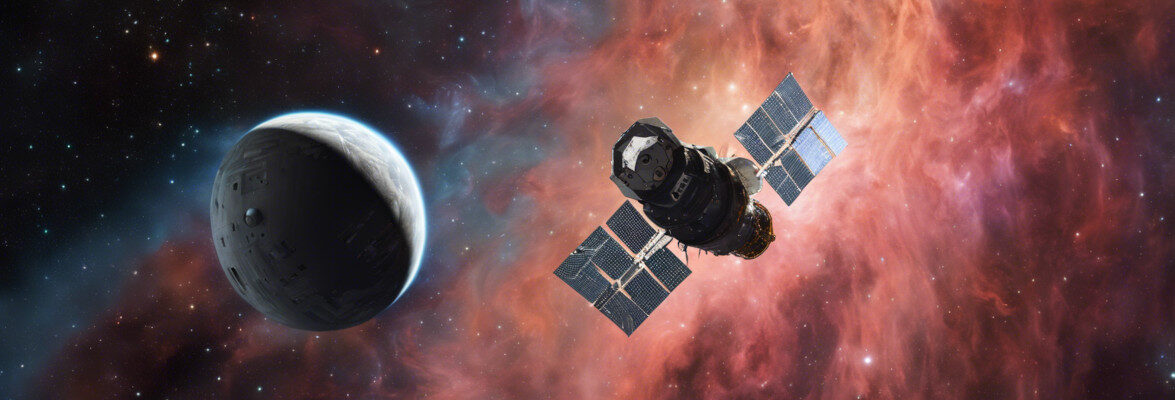
The Hubble Space Telescope has been used to study Ganymede, the largest Jupiter’s moon, and in particular its aurorae. Analyzing their characteristics, it was possible to get the best clues found so far of the existence of a Ganymede underground ocean of liquid salt water. This ocean may contain more water than it exists on the surface of the Earth.
Ganymede is the largest moon of the whole solar system and is even larger than the planet Mercury with its average diameter of 5,262 km (about 3,270 miles). It’s also the only moon to have its own magnetic field closely connected to the Jupiter’s widespread one. This combination produces the aurorae at its poles observed by the Hubble Space Telescope.
In the ’70s some NASA scientists hypothesized for the first time that Ganymede could have an underground ocean, based on an analysis of its features. The first real clues came in 2002 from the mission of the Galileo space probe, which made some measurements of Ganymede’s magnetic field.
The new clues about the presence of an ocean beneath Ganymede’s surface come exactly from the behavior of its magnetic field. It’s affected by changes in the powerful Jupiter’s magnetic field, causing a kind of rocking of its moon’s aurorae. Examining the aurorae it’s then possible to understand some of the characteristics of the magnetic field but also Ganymede’s interior.
Jupiter’s magnetic field would create a secondary magnetic field in the case of the existence of an ocean of salty water beneath Ganymede’s surface and it would contrast the planet’s one. The result would be a kind of magnetic friction that would slow down the rocking of the aurorae on moon’s surface.
Scientists calculated that without any interference the rocking on Ganymede should have a width of 6 degrees. The observations made using the Hubble Space Telescope show that the rocking has a width of only 2 degrees. Put simply, it’s a strong indication for the existence of an ocean below Ganymede’s surface.
It’s a type of observations at ultraviolet light possible only using a space telescope because Earth’s atmosphere blocks most of the ultraviolet light. At almost 25 years of age, the Hubble Space Telescope has proven useful in a new way thanks to the idea of the team of scientists led by Joachim Saur from the University of Cologne, Germany, to examine Ganymede’s aurorae.
According to this study, there are some possibilities regarding the depth of the ocean of liquid water consistent with the results obtained. They hypothesize liquid layers between other layers of icy water with varying degrees of salinity. In any case, that might be a really huge ocean.
Years ago, a space mission proposal planned to launch two orbiters, one of NASA and one of ESA, to make coordinated studies of Jupiter’s moons. NASA budget cuts forced ESA to think of a mission to start in their decade on its own called JUICE (Jupiter Icy Moon Explorer). Europa, another big Jupiter’s moon, has long been considered of great interest to examine the possibility that the underground ocean it certainly has contains life forms. Now Ganymede also become a very interesting study target.
[ad name=”eBayUSUKAstronomy”]


Permalink
Permalink